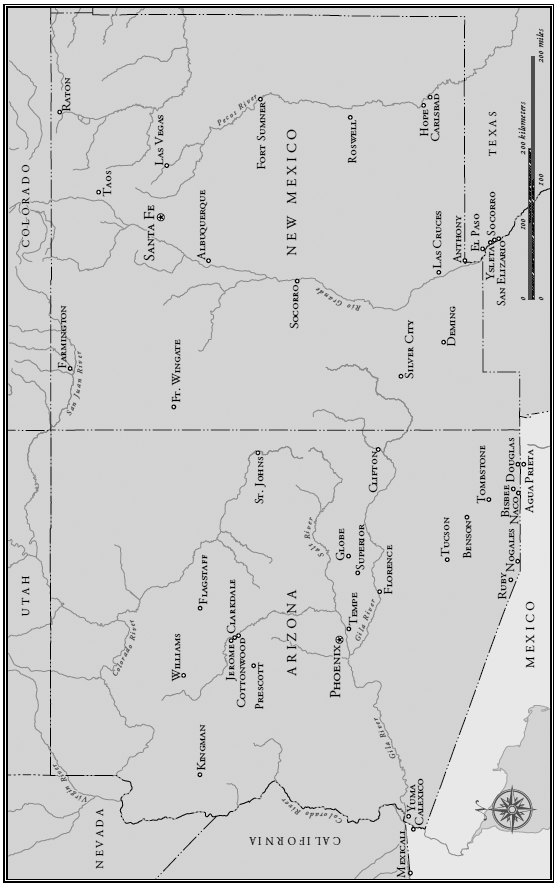ABOUT THE AUTHOR
Samuel K. Dolan is a documentary writer, director, and Emmy Awardwinning producer. Growing up in northern Arizona, he got his start in film and television at the age of thirteen, riding horses in feature films and TV shows. Since 2004, he has produced dozens of programs for History Channel, Military Channel, National Geographic, and other networks. He lives in Los Angeles with his wife and son.
COWBOYS AND GANGSTERS
An imprint and registered trademark of Rowman & Littlefield
Distributed by NATIONAL BOOK NETWORK
Copyright 2016 Samuel K. Dolan
All rights reserved. No part of this book may be reproduced in any form or by any electronic or mechanical means, including information storage and retrieval systems, without written permission from the publisher, except by a reviewer who may quote passages in a review.
British Library Cataloguing-in-Publication Information Available
Library of Congress Cataloging-in-Publication Data Available
ISBN 978-1-4422-4669-0 (paperback)
ISBN 978-1-4422-4670-6 (e-book)
 The paper used in this publication meets the minimum requirements of American National Standard for Information SciencesPermanence of Paper for Printed Library Materials, ANSI/NISO Z39.48-1992.
The paper used in this publication meets the minimum requirements of American National Standard for Information SciencesPermanence of Paper for Printed Library Materials, ANSI/NISO Z39.48-1992.
In loving memory of
Representative John F. Dolan
Ipswich, Massachusetts
19222013
And for Jack and Suzie
Most of these men have passed on. In the hills and vales of Arizona they sleep the sleep eternal. Yet sometimes when my night campfire burns low on the moonlit desert or in the forested solitude of the mountains, methinks my eyes see passing by shadowlike, a phantom rider with wide-brimmed hat, belted six-shooter and carbine, and that my ears hear the faint tinkle of spur chains on rowels. But tis only the form of the night hawk sweeping low on his evening flight and the night wind rustling the leaves of the trees.
Jem McKem, Mohave County Miner and Our Mineral Wealth, May 12, 1922
INTRODUCTION
SIX-GUNS AND AUTOMOBILES
They liveand succeedthough the instrumentality of the mechanical successor of the cow pony of their earlier days, and of their big .45 calibre pistols, which nothing has yet succeeded.
Major Grover Sexton, The Arizona Sheriff
O n the morning of June 21, 1928, sixty-nine-year-old Yavapai County Deputy Sheriff James Franklin Roberts prepared to leave his house in Clarkdale, Arizona. Stuffing his .45 caliber Colt single-action revolver in his pocket, Roberts, who was known locally as Uncle Jim, bid his wife Jennie farewell and walked into town. By that summer morning, Roberts could look back on a law enforcement career that stretched back nearly forty years. The Missouri native had been raising horses in the Arizona Territorys Tonto Basin when the Pleasant Valley Feud erupted in the late 1880s. As an ally of the faction headed up by brothers James, John, and Edwin Tewksbury, Roberts would participate in a number of bloody gun battles in what would become the deadliest range war in Arizonas history. During one particularly violent incident in August of 1887, Roberts is alleged to have shot a gunman for the rival faction through the head with his big .45-90 caliber Winchester.1
By the early 1890s, Roberts had left the Tonto Basin and had accepted a deputys commission under Yavapai County Sheriff William Buckey ONeill, in the mining camp of Congress. Jim Roberts works in the mine nights and by day keeps peace in the village, he being deputy sheriff, the Arizona Republican reported in the summer of 1891. It was also while living in Congress that same year that Roberts married Amelia Jennie Kirkland. In January of 1893, Roberts was assigned to the mining town of Jerome by ONeills successor, Sheriff James Lowry.2
Roberts established himself as one of the most efficient and fearless officers in Arizona, and after serving as a deputy sheriff and precinct constable, was elected as Jeromes city marshal. Following several very active years spent policing the mining town, Roberts and his wife relocated to Cochise County in southern Arizona, where Roberts would work as a special officer at a smelter owned by the Copper Queen Mine, and later, as a constable in the town of Douglas, which sat along the US-Mexican border directly opposite the town of Agua Prieta, Sonora.3
Returning to Yavapai County with his wife in the 1920s, Roberts, who was then in his sixties, accepted a position as a special officer for the United Verde Copper Company in the smelter town of Clarkdale, a job that came with a Yavapai County deputy sheriffs commission. Many changes had taken place in the Verde Valley since Roberts had last worn a badge in Yavapai County. Statewide Prohibition had come to Arizona at the beginning of 1915, and as the Eighteenth Amendment to the United States Constitution became law across the nation in 1920, the valleywhich included the communities of Verde (later Clemenceau), Cottonwood, and Camp Verdebecame a haven for moonshiners, who produced white mule in stills made from the very same copper mined from the hills around Jerome. Raids by Prohibition agents and members of the Yavapai County sheriffs office were common throughout the 1920s, and gunplay was not exactly unheard of.4
The job of a deputy sheriff assigned to one of United Verdes mining operations was not without its risks. During World War I, labor disputes in the mining towns of the Verde Valley had resulted in several deadly collisions between area peace officers and members of the local workforce. On the afternoon of Tuesday, July 16, 1918, sixty-three-year-old James Lowry, a former Yavapai County sheriff, was working as a deputy at the United Verde Extension Mine in the community of Verde when he was shot and killed by a man named Porfidio Hernandez during a labor dispute. Hernandez was killed three days later in a shoot-out with Coconino County Deputy Sheriff Frank Dickinson.5
Thus, when Jim Roberts left home on the morning of June 21, 1928, it was not merely out of habit that he packed his Colt .45. Just before eleven a.m., while Roberts made his rounds, two armed men, later identified as Willard Forrester and Earl Nelson, walked into the Clarkdale branch of the Bank of Arizona, pulled out their guns, and within a few short minutes had stuffed $40,000 in cash in a burlap sack. The bandits then herded manager David O. Saunders and his staff into the vault, and would have sealed them inside if not for Saunderss pleas. You have robbery on your hands now, Saunders told them. [T]o lock these people in that vault will mean murder. No man can live in there five minutes.
Forrester and Nelson finally relented and only shut the auxiliary door before rushing outside with their bag full of stolen cash. Out on the street, Forrester and Nelson jumped into a 1927 four-door Chrysler Model 60 touring sedan with a convertible roof. Forrester threw the car into gear, stepped on the gas, and the outlaws were soon headed north on Main Street. Thats when the shooting started.6
Before the banks front door slammed shut, Saunders managed to unlatch the auxiliary door, then grabbed a .45 caliber automatic pistol and ran out onto the sidewalk. As the Chrysler reached the corner of the T. F. Miller store, Saunders fired off two rapid shots. Both rounds went wild. One of the plucky bankers lead slugs flew down the street, passed through Clarkdales Santa Fe Railroad station house, and ricocheted off of telegrapher Lee Snyders pocket watch and then slapped against the chest of Mr. Omar Twitty. Neither man was seriously injured.7


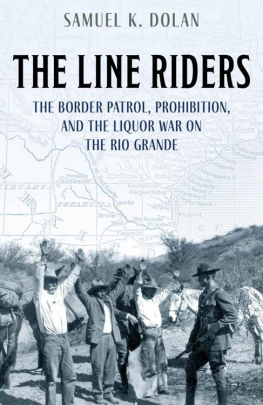
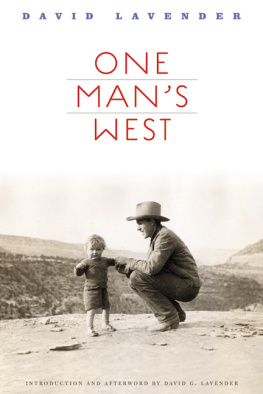
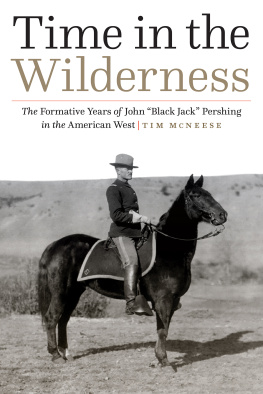
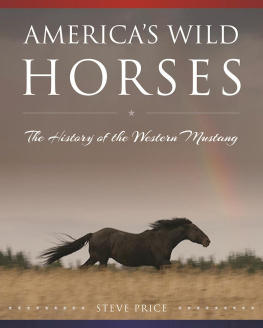
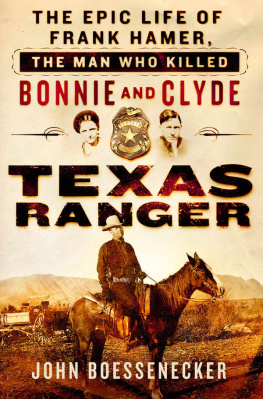
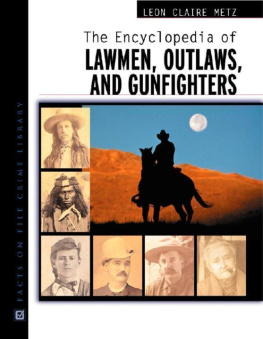

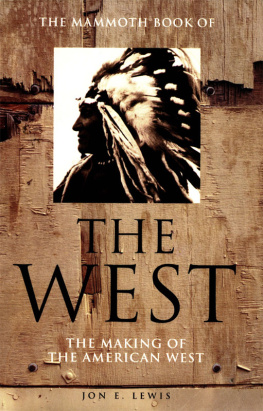

 The paper used in this publication meets the minimum requirements of American National Standard for Information SciencesPermanence of Paper for Printed Library Materials, ANSI/NISO Z39.48-1992.
The paper used in this publication meets the minimum requirements of American National Standard for Information SciencesPermanence of Paper for Printed Library Materials, ANSI/NISO Z39.48-1992.